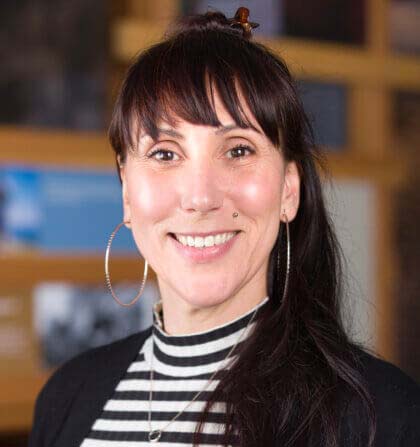From a very young age, men are told they must be strong. Boys are often raised within very specific conceptual frameworks regarding gender roles. Whether implicit or explicit, social constructs define norms and expectations regarding personality traits, behaviors, and characteristics. Societal norms shape who we are, as much as biology does, by influencingour choices, strategies, and patterns to help us fit in.
Mental well-being is highly associated with self-control and willpower. Many believe that ifpeople tried a little harder, they would not suffer from depression or anxiety. We would neverhear such statements about a broken leg or diabetes; no one would ever be told to simply“walk it off.” In terms of norms associated with masculinity, boys are encouraged, pressured,and even rewarded when they follow specific ideas of what manhood should look like. Menare taught to be independent, strong, and driven, and to avoid what is perceived as femininetraits like showing signs of vulnerability, too much affection, or sensitivity.
Some behaviors are allowed, encouraged, and normalized, like displaying anger, violence, orsexual promiscuity, or engaging in heavy drinking. Early on, peer pressure and socialconformity lead many men to drink alcohol to have fun or participate in male bondingactivities. Drinking is welcomed, glamorized, and promoted in many contexts, which explainswhy many men end up turning to substances to regulate their emotions and numb negativefeelings. This behavior leads to possible long-term maladaptive coping skills.
In the western world, men are four times more likely to die of suicide than women, morelikely to use illicit drugs, more likely to face alcohol-related hospitalizations and death. Menare also more likely to become binge drinkers or die from an overdose. Although thesestatistics are
higher for men, men ask for help less often, in comparison to women. This is because menare not taught or encouraged to speak on what is truly going on inside them, for fear offeeling or looking weak or losing face. They would rather maintain composure on the outsideand try to handle everything on their own. Men in substance abuse treatment are, most ofthe time, mandated to seek such treatment by the court, having been brought in onprobation or DUIs. Commonly, they try to refuse treatment and they show more reluctance toask for help. They also tend to minimize their issues, addictive patterns, or difficulties in theirlives. Feelings and emotions that could be interpreted as signs of weakness are seen asshortcomings.
Therefore, it is important to normalize mental health and substance use disorder-related conversations, while providing education and creating safe, welcoming environments. It iscrucial to work on deconstructing social norms.
May is Mental Health Awareness Month and coincides with the opening of the newCommunity Mental Health Hub at Hanna, offering individual, family, and group therapy,counseling, classes, and workshops to the underserved residents of Sonoma County.Counseling in group settings can be very beneficial in creating a sense of relatedness in menwho decide to share their stories and understand they are not alone.
A trauma-informed care approach that includes cross-cultural and gender awareness is fundamental to breaking stereotypes – fundamental to help men, or anyone, speak up abouttheir inner experiences and build connection, support, and functional coping skills to dealwith feelings like sadness, grief, or loss.
We also need to be mindful and work as a society to transform norms, attitudes, and generalbeliefs regarding what masculinity should or should not be. Because, in the end, nothing embodies strength like daring to show vulnerability and courage. Together we can innovateand heal the very concept of masculinity and promote wider frames of reference for whatmasculinity means, allowing men to manage their emotions with more liberating, positive,and empowering experiences.
Cindy Chaed Sutton is the Substance Abuse Program Manager at Hanna Center. For more information please visit hannacenter.org/community-hub.
